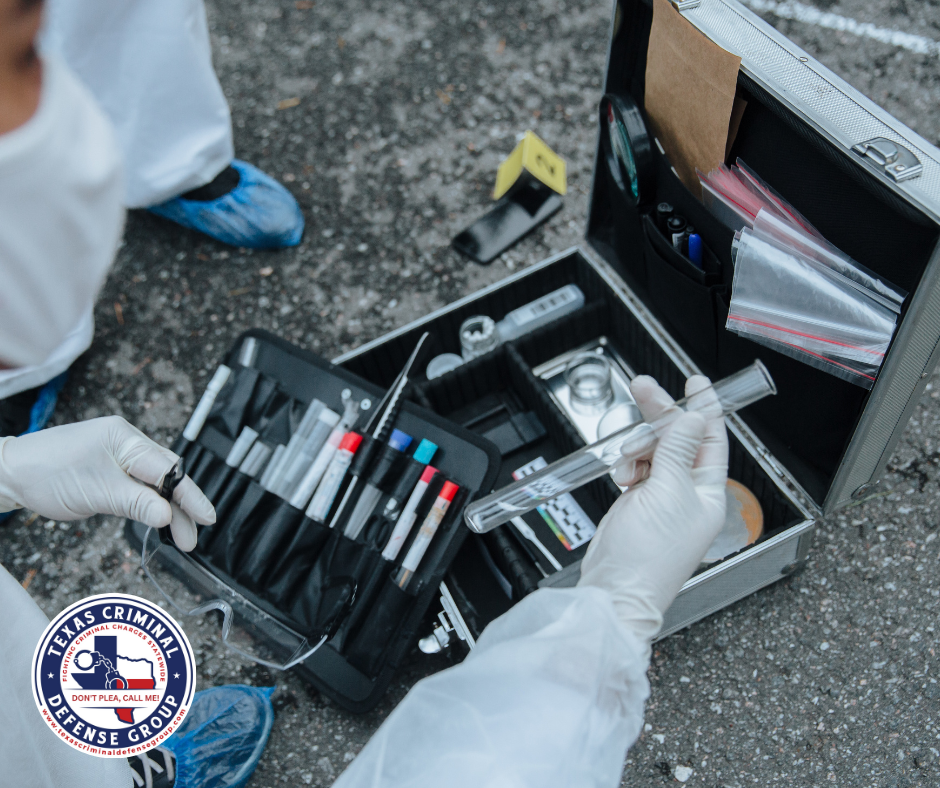
Direct vs. Circumstantial Evidence: Key Differences
When someone faces criminal charges in Texas, the type of evidence presented in court can determine the outcome of the case. Understanding direct and circumstantial evidence is crucial, whether you’re a defendant, a concerned family member, or just someone interested in how the legal system works.
Many people assume that only direct evidence—such as eyewitness testimony—is enough to convict or acquit someone. However, circumstantial evidence plays a major role in court decisions, and in some cases, it can be just as powerful as direct evidence.
This article breaks down the key differences between direct and circumstantial evidence in Texas, explains how they impact legal cases, and provides useful insights for defendants and non-legal professionals alike.
Direct Evidence
Direct evidence is straightforward—it directly proves a fact without requiring any inference or assumption. This type of evidence speaks for itself.
Examples of Direct Evidence:
- Eyewitness testimony – A person who saw the crime happen testifies in court.
- Surveillance footage – A video recording showing the suspect committing the crime.
- Confession – A defendant admits to committing the crime.
- Physical evidence – A document, such as a signed contract in a fraud case, directly showing illegal activity.
Challenges of Direct Evidence:
- Eyewitnesses can be unreliable due to memory lapses, stress, or bias.
- Video or photos may not tell the full story, missing context or critical details.
- Confessions can be coerced or given under pressure, making them questionable in some cases.
While direct evidence is powerful, it’s not always perfect. This is where circumstantial evidence comes in.
Circumstantial Evidence
Circumstantial evidence does not directly prove a fact but instead requires logical reasoning to connect the dots. It relies on inference—meaning a judge or jury must put pieces together to reach a conclusion.
Examples of Circumstantial Evidence:
- Fingerprint at a crime scene – This suggests someone was present but doesn’t prove they committed the crime.
- Motive and opportunity – A person had a reason and the chance to commit the crime.
- Behavior before/after the crime – A sudden change in financial status after a theft might suggest involvement.
- Forensic evidence (DNA, ballistics, etc.) – These can strongly indicate involvement but don’t always prove guilt.
Challenges of Circumstantial Evidence:
- It relies on interpretation, which can sometimes be misleading.
- Prosecutors must connect multiple pieces of circumstantial evidence to build a convincing case.
- Defendants can challenge the conclusions drawn from circumstantial evidence by offering alternative explanations.
Circumstantial evidence is not necessarily weaker than direct evidence. In fact, many criminal convictions in Texas are based primarily on circumstantial evidence.
Direct vs. Circumstantial Evidence: Which Is Stronger?
Both types of evidence have their strengths and weaknesses. The key differences are:
| Direct Evidence | Circumstantial Evidence | |
| Definition | Proves a fact directly | Suggests a fact based on inference |
| Example | Witness saw the crime | DNA found at the scene |
| Strength | Usually strong but can be unreliable (e.g., mistaken eyewitnesses) | Requires multiple pieces but can be just as strong |
A jury can convict based on either type of evidence. Texas law does not require direct evidence for a conviction. If circumstantial evidence is strong enough to convince the jury “beyond a reasonable doubt,” it can lead to a guilty verdict.
How Do Texas Courts View These Types of Evidence?
In Texas, both state and federal courts recognize direct and circumstantial evidence as valid. However, certain legal principles apply:
- No Preference for Direct Evidence
Texas law does not require direct evidence for a conviction. Circumstantial evidence alone can be enough if it convinces the jury beyond a reasonable doubt.
- The “Beyond a Reasonable Doubt” Standard
Regardless of the type of evidence, prosecutors must prove a case beyond a reasonable doubt. This is the highest legal standard in the U.S.
- Jury’s Role in Weighing Evidence
Juries in Texas are allowed to weigh both direct and circumstantial evidence equally. They decide what to believe and how much weight to give each piece of evidence.
- The “Chain of Evidence” Concept
Circumstantial evidence is often viewed as a chain—each piece strengthens the argument. If enough links in the chain are strong, a conviction is possible.
Common Misconceptions About Evidence in Texas Criminal Cases
Many non-legal professionals and even defendants misunderstand how evidence works. Let’s clear up some common myths:
Myth #1: You Can’t Be Convicted Without Direct Evidence
False. Many people are convicted in Texas based purely on circumstantial evidence.
Myth #2: Eyewitness Testimony Is the Most Reliable
False. Studies show that eyewitness testimony can be highly unreliable due to memory distortion, stress, and bias.
Myth #3: DNA Evidence Is Always Direct Evidence
False. DNA alone is usually circumstantial unless it is linked directly to the time of the crime.
Myth #4: If There’s No Video, There’s No Case
False.Using forensic evidence, witness statements, and behavioral evidence—even without video proof—we win many cases.
Arrested? Don’t Plea, Call Me!
Navigating a criminal case in Texas can be overwhelming, especially when it comes to understanding how evidence works. Both direct and circumstantial evidence play a critical role in trials, and while direct evidence may seem more compelling, circumstantial evidence often forms the foundation of a strong prosecution or defense. Knowing how these types of evidence are interpreted, challenged, and weighed by the court is essential in protecting your rights.
If you or a loved one is facing legal trouble, don’t leave your future to chance. Consult with Texas Criminal Defense Group who can analyze the evidence, challenge weak points, and build a solid defense strategy tailored to your case.
